COURSE SNAPSHOT
This four-month structured recorded video course is designed to transform you into a professional compositor using Foundry Nuke, the industry-leading node-based compositing software widely used in film and TV VFX. You'll start by mastering Nuke’s powerful 3D workspace, multi-channel compositing, and non-destructive workflow, learning how to seamlessly integrate CGI with live-action footage. As you progress, you'll dive into essential techniques such as keying, rotoscoping, masking, tracking, and color grading, all crucial for achieving seamless visual effects. The course also covers advanced concepts like deep compositing, which allows for pixel-level depth data to create highly realistic integrations in complex 3D scenes. Through structured lessons, hands-on projects, and professional workflows, you’ll learn to blend multiple elements, refine lighting, and polish details to create high-quality, film-ready compositions. By the end of this course, you will have a solid foundation in compositing, a professional-grade portfolio, and the skills required to work in the VFX industry, contributing to blockbuster films and high-end productions. Enroll now and bring stunning visual effects to life!
COURSE CONTENT
INTRODUCTION TO NUKE AND CGI COMPOSITING
In this foundational module, students will be introduced to Nuke, one of the industry’s most powerful compositing tools. The course will cover the basics of CGI compositing, focusing on how VFX artists integrate computer-generated elements with live-action footage. Students will gain familiarity with Nuke’s user interface, key terminology, and the essential concepts behind digital compositing, setting them up for more advanced techniques in the following modules.

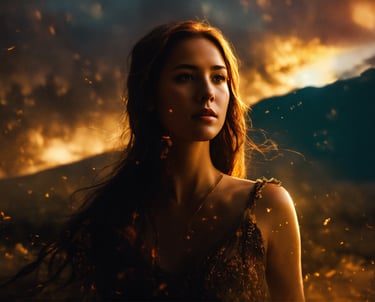
NODE BASED COMPOSITING WORKFLOW
Nuke uses a node-based system for compositing, which offers immense flexibility and control. In this module, students will explore the node graph, learning how to build complex composites using various nodes for tasks like color correction, blending, and layering. The module will emphasize the non-linear workflow, highlighting the advantages of non-destructive editing and making it easier to manage large-scale compositions with multiple elements.
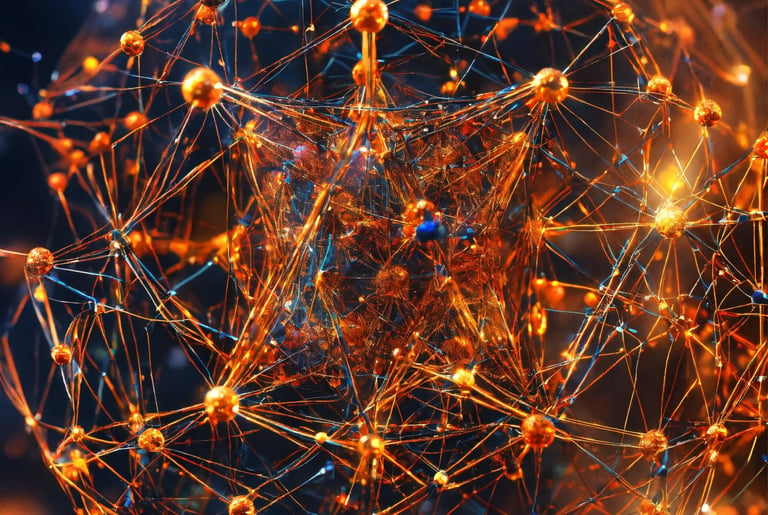

PAINT AND PREP
Before jumping into advanced compositing, it is essential to prepare the footage. This module will focus on paint and prep techniques using Nuke's built-in tools. Students will learn how to fix defects, remove unwanted elements, and touch up frames to create a clean canvas. Key topics include rotoscoping, clone painting, and wire removal, which are essential for creating high-quality composites and ensuring that all elements blend seamlessly in the final shot.


TRACKING
A major skill for any compositor is accurate tracking. In this module, students will master both 2D and 3D tracking techniques, including how to track camera movements, objects, and perspective shifts within a scene. The course will cover Nuke’s powerful tracking features, such as the planar tracker and 3D camera tracker, as well as how to troubleshoot tricky scenarios like occlusion and motion blur. This will ensure that composited elements fit naturally into their environments.
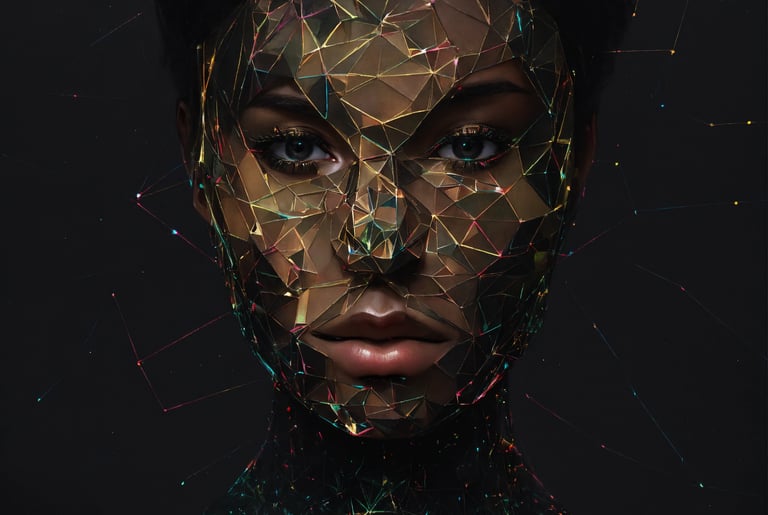

GREEN SCREEN REMOVAL
One of the core skills in compositing is green screen removal (also known as chroma keying). In this module, students will learn how to isolate subjects shot against a green or blue screen using Nuke’s advanced keying tools. Topics will include spill suppression, edge handling, and dealing with challenging green screen footage (e.g., light spill and fine details like hair). Students will also learn how to refine keys using the primatte and ultra keyer nodes to achieve clean and realistic results.
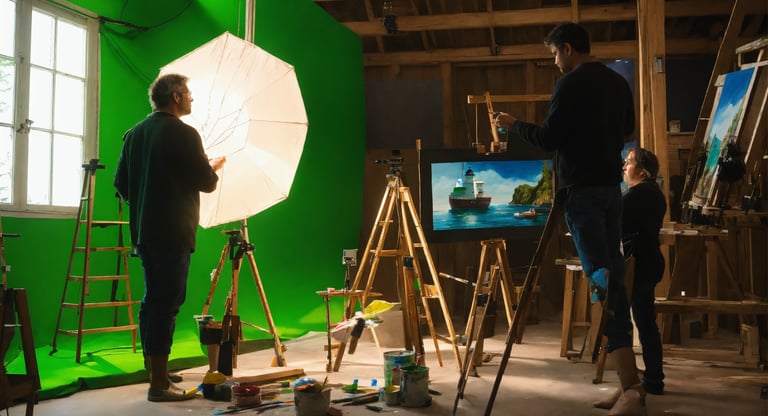

COLOR GRADING
The power of color grading lies in its ability to set the mood and enhance the visual storytelling of a scene. This module will cover how to manipulate the color and tone of shots in Nuke to match the director’s vision. Topics include color correction, adjusting contrast, saturation, and working with LUTs (Look-Up Tables) for different cinematic looks. Students will also learn how to create cohesive color schemes across multiple shots to ensure continuity.


CAMERA PROJECTION
Camera projection allows compositors to map 2D images onto 3D geometry, offering a more realistic integration of CGI elements into live-action footage. This module will cover how to project 2D textures onto 3D geometry and use camera matchmoving in Nuke’s 3D workspace. Students will also learn how to integrate CG elements into a live-action shot while maintaining correct perspective, lighting, and shadow placement, ensuring a seamless blend between real and computer-generated content.
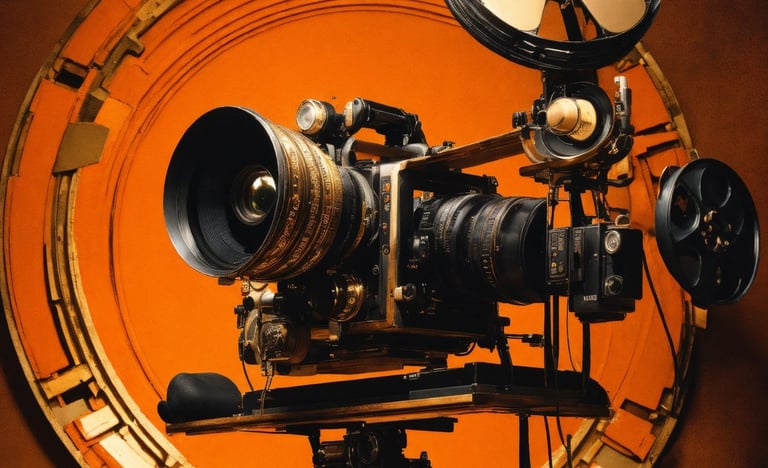

MULTIPASS COMPOSITING
In multi-pass compositing, compositors combine various rendered passes (such as diffuse, specular, ambient occlusion, and shadow passes) to create a highly detailed and controllable final image. This module will teach students how to work with different render passes from 3D applications and integrate them into Nuke. Techniques covered will include using masks, adjustment layers, and render passes to refine the image and achieve photorealistic results.
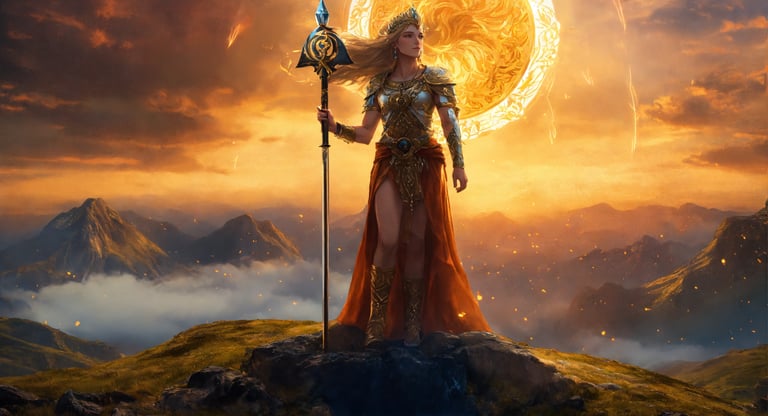

FINAL PROJECT
The final module of the course allows students to apply the techniques they’ve learned throughout the course in a real-world scenario. Students will work on a final project that integrates tracking, green screen removal, color grading, camera projection, and multi-pass compositing. They will receive guidance on problem-solving and troubleshooting common compositing challenges, preparing them to showcase their final compositions in a professional portfolio.
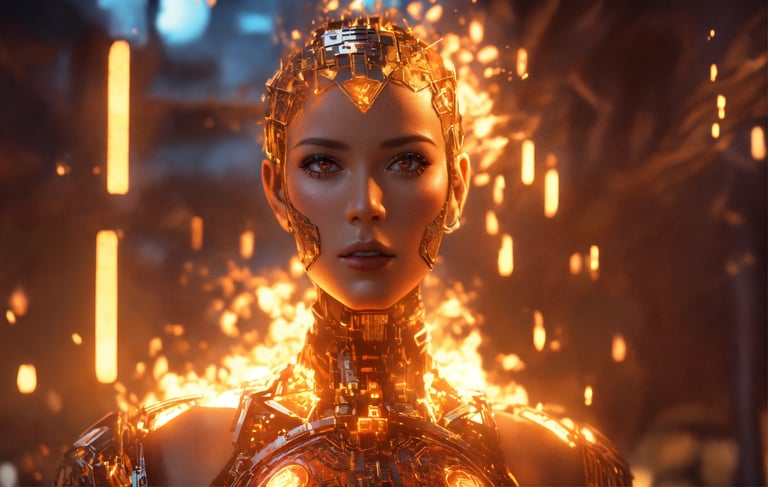

Fill Up the Form and Let Us Call You for More Info:
OR
8800418877
8800606360
Talk to Us at:
Copyright @ 2024 BLACKBOX. All Rights reserved.
Contacts
8800418877
8800606360
Address:
1812-1817, 17th Floor, Office Spaces,
Galaxy Blue Sapphire Plaza, Greater Noida West
"Jai Shree Ram"
